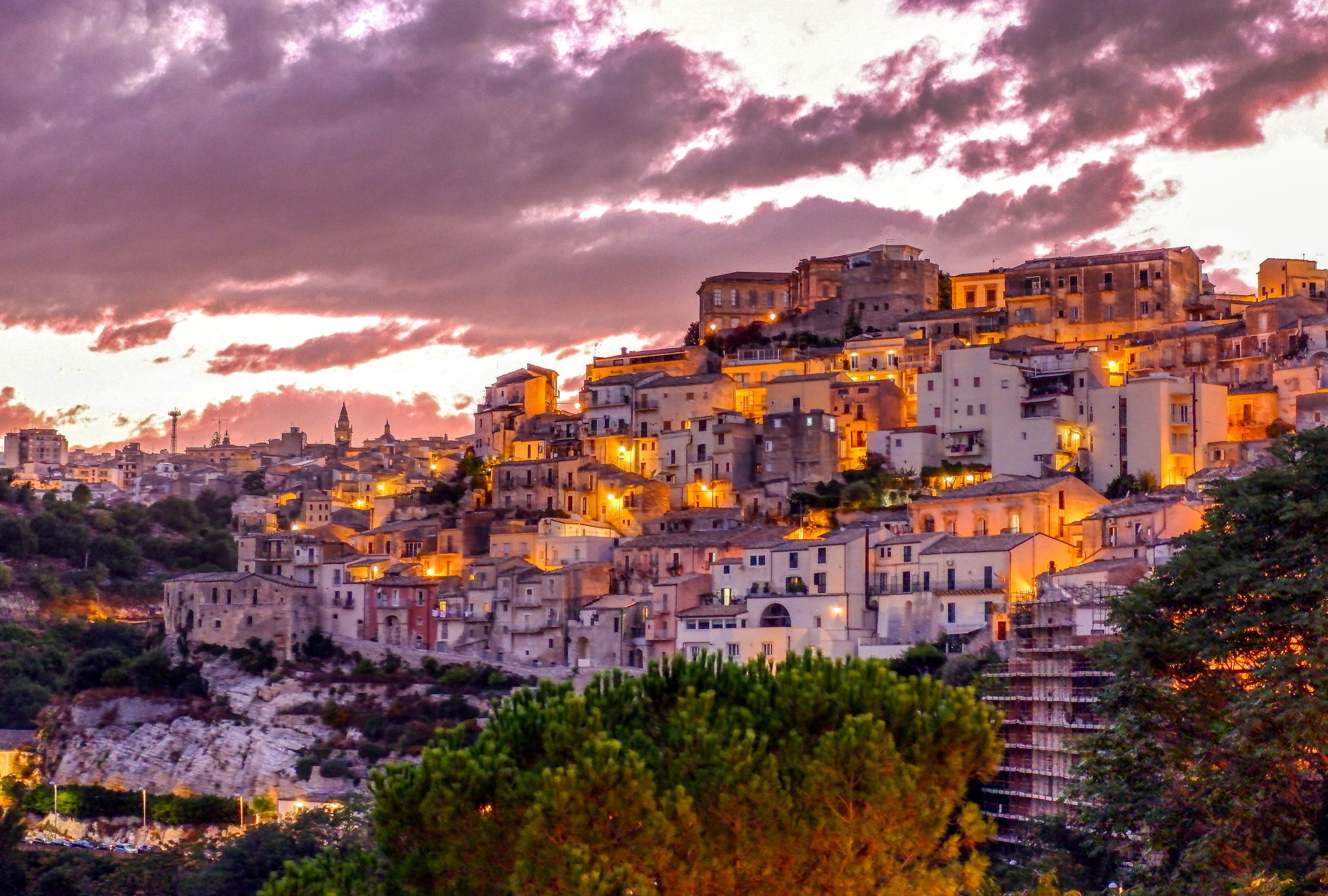Ragusa Ibla
Before discovering the things to see in Ragusa, you need to know a very important peculiarity about the history of this town: like other places in this Sicilian region, Ragusa was razed to the ground by the devastating earthquake of 1693. This makes today's Ragusa a place with a dual personality: Ragusa Ibla (the old town) and Ragusa Superiore. When the earthquake caused the collapse of many buildings in the city, it was rebuilt a little higher up, forming the part known as Ragusa Superiore. However, the wealthy aristocrats rebuilt the "old Ragusa", now known as Ragusa Ibla.
The two Ragusas were unified in 1927 into a single large city with a double face: Ragusa. As a symbol of Sicilian Baroque, Ragusa offers visitors religious monuments of unique beauty. The imposing Church of the Souls of Purgatory is one of the few that survived the earthquake of 1693. The façade is in Baroque style, but the true beauty of this place lies in the marble interiors and the large painting "Souls of Purgatory" (dating back to 1800) by Francesco Manno. The Church of Santa Maria delle Scale is another place of worship not to be missed for its panoramic position.
Among the most beautiful places in all of Ragusa, we find the blue dome of the church of Santa Maria dell'Itria. The church is located in the old Jewish quarter of the city, and following the signs to the panoramic point, you can reach a panoramic position that will make you feel like you can touch the dome with your finger. The Church of San Giuseppe and the Cathedral of San Giorgio with its spectacular staircase are other religious monuments to see.
Always in Ragusa Iblea, there is the beautiful Parco Giardino Ibleo to walk or rest in the shade, or even for a good break with a packed lunch. Also within the scope of the city's Baroque splendor, we highlight the Cancelleria Palace, one of the 18 UNESCO World Heritage Sites in Ragusa. Passing under the arch to the left of the palace, you can admire the blue bell tower of Santa Maria dell'Itria in the distance. For the most passionate about Sicilian traditions, we recommend a visit to a unique workshop: Cinabro Carrettieri, the workshop of the few remaining master craftsmen who still make Sicilian carts according to tradition.
